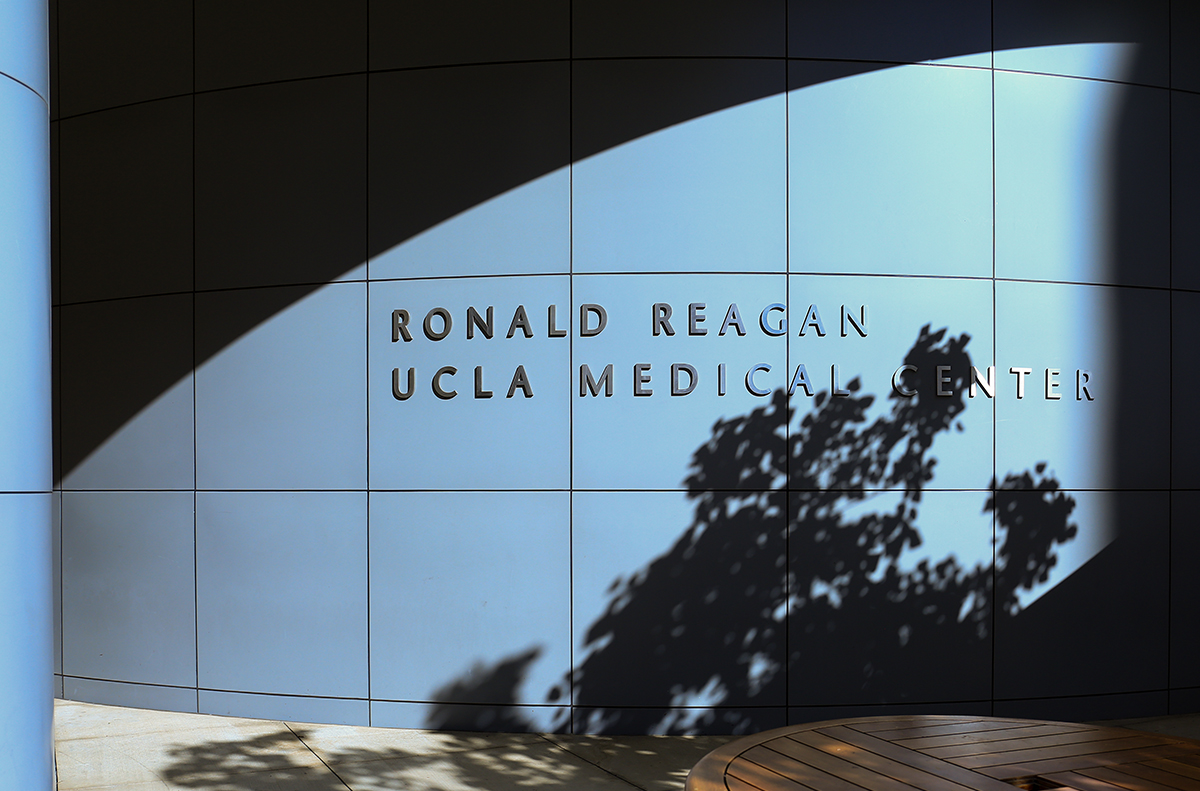UCLA-led study finds medical costs for pediatric gunshot injuries have increased

UCLA researchers found that hospitalization costs for gun-related injuries in children have risen. (Daily Bruin file photo)

By Olivia Tran
May 28, 2021 3:03 p.m.
A UCLA-led research study found that gun violence affecting children is associated with increased hospitalization costs.
According to the study, hospital admissions for gun-related injuries in children decreased slightly from 3,246 to 3,185 between 2005 and 2017. However, there was a significant increase in median costs from $10,749 to $16,157 during that same time period.
The researchers used the National Inpatient Sample, the largest publicly available all-payer inpatient database in the U.S., from 2005 to 2017 to identify all admissions for pediatric gunshot wounds, according to the study. The costs were adjusted for inflation.
Veronica Sullins, one of the researchers behind the study and a pediatric surgeon at UCLA Health, said hospitalization costs largely depend on the types and severity of firearm injuries admitted. Gun-related injuries that require procedures in the neck, blood vessels or brain have the highest hospitalization costs, and these patients often require major structural surgeries or exploration, she added.
Explanations for the increase in hospitalization costs cannot be clearly attributed to one cause because the cost of health care, in general, has been increasing, Sullins said. However, the study still examines the various economic and social costs attributed to gun-related injuries.
Although the study focuses on hospital costs, Sullins said that there are other related expenses such as recovery and rehabilitation. Over the study period, the median hospitalization cost for pediatric firearm admissions was about $12,400 with an annual cost burden of over $200 billion, according to the study.
“Those patients have pretty prolonged hospital stays if they make it out of the hospital, (and) often it’s a very prolonged recovery,” Sullins said. “Our study does focus on hospital costs but in actuality, the cost is so much greater.”
Beyond the hospital room, Sullins said parents who need to take care of their child may lose income, families may experience post-traumatic stress disorder and survivors of gun wounds have higher rates of unemployment and substance abuse. According to a study by the University of Pennsylvania, 48.6% of survivors of gunshot wounds had probable PTSD, unemployment among survivors increased by 14.3% and substance abuse increased by 13.2%.
“There’s no doubt in my mind that it’s more than just tens of thousands of dollars (in hospitalization costs),” Sullins said. “It sort of reverberates down through the entire family, and then even the community and friends. There’s so many downstream effects.”
Michael Rodriguez, a family medicine and community health sciences professor, said that gun violence has a lasting traumatic impact for children and is referred to in medical terminology as an adverse childhood experience. Adverse childhood experiences have lifelong impacts including difficulty in education, mental health challenges and lost productivity, he added.
Rodriguez said gun violence disproportionately impacts communities that historically have had limited resources and experience a variety of discrimination based on race, gender or place of origin. For instance, Black Americans are twice as likely as white Americans to die from gun violence and 14 times more likely to be wounded, according to the Brady Campaign to Prevent Gun Violence.
Structural inequities such as lack of health care and poor education systems must be considered in the causes of gun violence, he added.
“You then start to see that this isolated individual is really part of an ongoing saga,” Rodriguez said.
Jennifer Wagman, a community health sciences assistant professor, said the increased use of guns among marginalized communities is related to issues of systemic racism and lack of trust in law enforcement. People in these communities feel the need to obtain guns to protect themselves, consequently increasing the risk of pediatric gun violence, she added.
One of the main causes of pediatric gun violence is the accessibility of firearms, Rodriguez said. When there is greater access to guns, there is a greater likelihood those guns will be used and injuries will happen, he said. According to a University of Texas study, individuals who had gun access were 18.15 times more likely to have threatened someone with a gun.
[Related: UCLA faculty, student discuss effectiveness of Biden’s plan to curb gun violence]
Trends in gun violence impacting children can be partly explained by evaluating domestic partner-related incidents, Wagman said.
There has been an increase in domestic partner-related homicides over the past 10 years, which are almost always a male partner using some type of force against a female partner, Wagman said. Children often live with their mother and get hurt or killed by gun violence in these situations, she added.
Moving forward, the study hopes to raise more awareness on the socioeconomic burden associated with pediatric gun violence and the amount of money that could be saved with improved prevention policies, Sullins said.
“Look how much money is being wasted (on hospitalizations),” Sullins said. “If you take that money and put it into interventions, education and policies that can help decrease gunshot wounds in pediatric patients, that’s where the money can be saved.”


